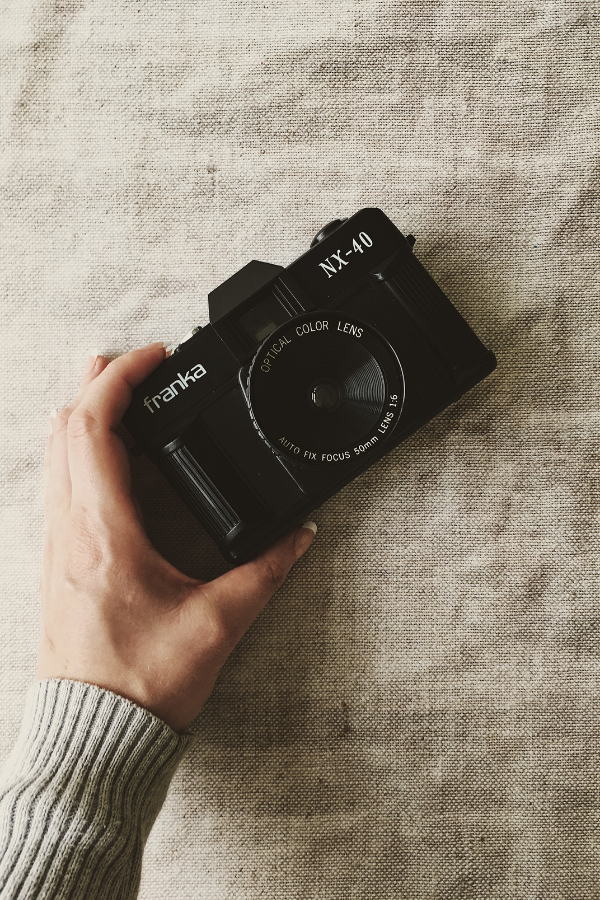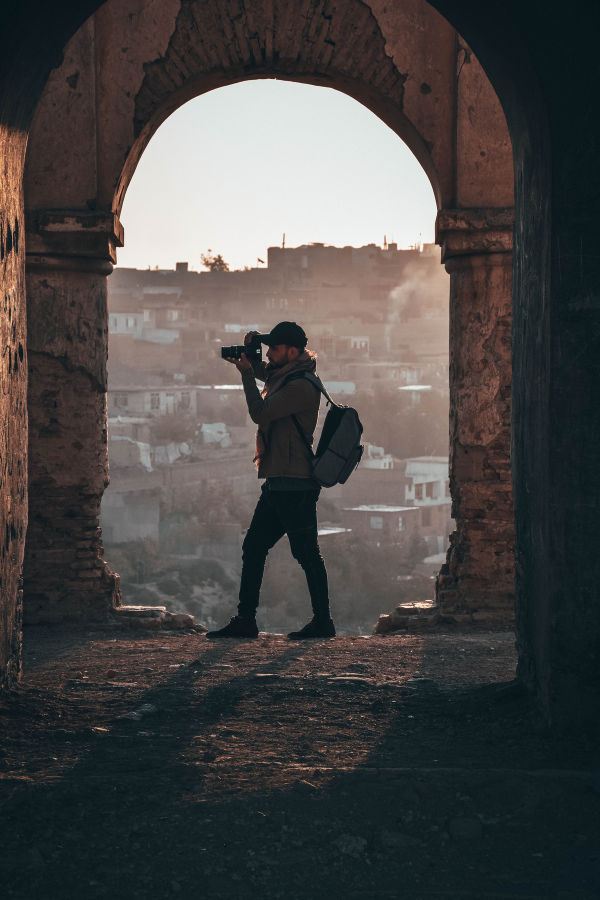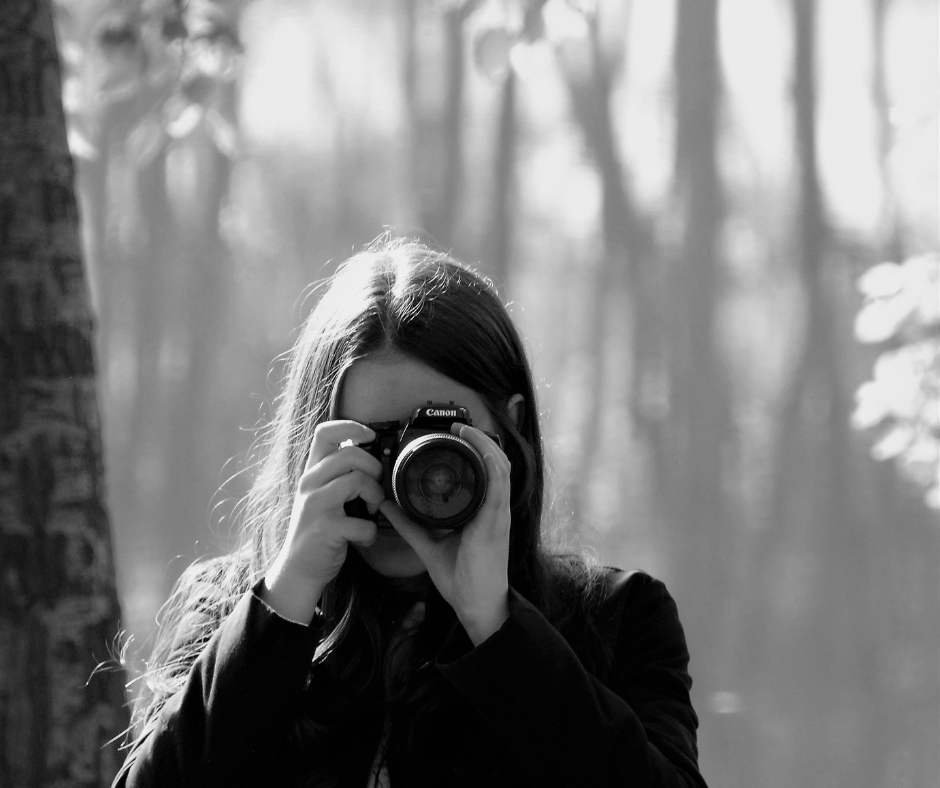

Our Comprehensive Roundup of the Best Photography Programs in the United States
Summary
This comprehensive guide delves into the top photography schools in the U.S., such as the Rhode Island School of Design, New York Institute of Photography, and California Institute of the Arts, showcasing what sets each apart. Designed for aspiring and professional photographers alike, it provides detailed insights to aid in selecting the most suitable program for one’s photography career journey, covering aspects from unique curriculums to state-of-the-art facilities.
Reflection Questions
- What draws you to photography, and why do you want to pursue it professionally? Reflect on the moments or experiences that ignited your passion for photography and consider how a formal education can further fuel this passion.
- Photography is a broad field with numerous specializations, such as fine art, commercial, documentary, and portrait photography. What area of photography are you most interested in, and how do the programs at the top schools align with your interests? Are there specific faculty members or alumni whose work resonates with your vision?
- Each photography school has its strengths, from cutting-edge technology and facilities to unique internship opportunities and strong industry connections. What are the most important features of a photography program for you, and how do they match up with what each school offers?
- The location of a school can significantly impact your study and career opportunities, especially in a field as dynamic as photography. How do the geographical location and the cultural environment of the schools you’re considering align with your career goals? Are there particular cities or regions that offer networking, internship, or job opportunities in your area of interest?
- Beyond technical skills, consider how a program might contribute to your personal growth as an artist and individual. How do you hope to evolve through your time in school, and what opportunities for personal development do the programs offer?
Journal Prompt
Reflect on the challenges you anticipate facing as you pursue a career in photography and how you plan to overcome them. These might include financial hurdles, competition, self-doubt, or technical challenges. Write about strategies or resources that could help you navigate these obstacles.
This article is all about guiding prospective photography students through the top photography schools in the U.S. We’re not just listing schools; we’re diving into what makes each one stand out, perfect for anyone thinking about a career in photography. Whether you’re just starting out or interested in expanding your education as a professional photographer, this guide has you covered with all you need to know to pick the right program for your photography journey.
Photography School: Criteria for Ranking


When choosing the best photography programs, we looked at several key factors. These aren’t just about the name of the school; they’re about what you’ll actually get out of your time there. Let’s break down these criteria:
Faculty Expertise
The people teaching you matter. A lot. We checked out the credentials of the faculty members at these programs. Are they experienced photographers? Do they have a good grasp of both the art and the industry? Great teachers can make a big difference in your education and career.
Facilities
Photography isn’t just about ideas; it’s about the gear and space to bring those ideas to life. We considered the quality of the photography labs, studios, and equipment available to students. After all, having access to top-notch facilities can really enhance your learning experience.
Industry Connections


It’s not just what you know, but who you know. Programs with strong links to the photography industry can open doors for internships, networking, and job opportunities. We looked at how well these schools connect students to the real world of photography.
Alumni Success
The proof is in the pudding, or in this case, in the success of photography school graduates. We checked out where alumni from these programs have ended up. Are they working in the field? Have they achieved recognition for their work? Have any influential photographers completed this program in the past? This gives us a good idea of how well the program prepares students for the real world and successful careers as professional photographers.
Program Curriculum


Lastly, what you’ll actually learn is crucial. We evaluated the curriculum of each program. Do these photography courses cover the basics as well as the latest in photographic technology and techniques? A well-rounded curriculum that balances technical skills with creative development is key to a great education in photography. We also consider photography specializations–i.e., commercial photography, fine art photography, documentary photography, etc.–when weighing the value of each photography program.
In short, we looked at each program as a whole package-the teaching, the tools, the connections, the outcomes, and the learning. That’s how we determined which schools stand out for a photography education.
Fuel your creative fire & be a part of a supportive community that values how you love to live.
subscribe to our newsletter
Top Undergraduate Photography Programs
Undergraduate photography education is all about building a strong foundation. It’s where you learn the nuts and bolts of photography, but also where you start to develop your own style and voice as a photographer. Let’s take a look at some of the top programs out there.
Rhode Island School of Design (RISD)


First on our list of photography colleges is RISD. At RISD, photography projects are all about nurturing your artistic vision. This program is known for its emphasis on creative development, supported by a faculty of accomplished artists and photographers. Here, you’ll be encouraged to push boundaries and explore photography as an art form while working at your own pace.
New York University (Tisch School of the Arts)
If you’re looking for a balance between technical mastery and creative expression, NYU’s Tisch School of the Arts is the place. This program stands out for its focus on not only teaching you the technical skills you need but also helping you find your unique voice in the photography world.
California Institute of the Arts


Known for its cutting-edge approach, the California Institute of the Arts offers a photography program that seamlessly integrates theory with practical application. Here, you’ll dive into contemporary practices and explore photography in the context of a broader artistic landscape.
Rochester Institute of Technology
For those keen on the technical side of photography and looking to forge strong industry connections, RIT is a top choice. The program places a significant emphasis on technical proficiency, ensuring you’re well-versed in the latest photography techniques and technologies.
When comparing these programs, consider what aspect of photography you’re most passionate about. RISD is ideal for artistic exploration, while NYU balances artistry with technical skill. California Institute of the Arts pushes the envelope in innovative practices, and RIT focuses on technical expertise and industry links. Each has its strengths, so think about which aligns best with your career goals and personal interests in photography.
Leading Graduate Photography Programs


Graduate-level photography education takes things up a notch. It’s here where you refine your skills, deepen your artistic expression, and start to make your mark in the photography world. Let’s explore some of the leading graduate programs in the U.S.
Yale University School of Art
Yale’s program is a heavyweight in the photography world. Known for its prestigious reputation, it has a track record of producing photographers who go on to become influential figures in the industry. The program is intensely focused on both the artistic and intellectual aspects of photography, making it ideal for those who want to push the boundaries of the medium.
School of the Art Institute of Chicago (SAIC)


SAIC offers a diverse and dynamic curriculum, with a particular focus on contemporary practices. If you’re interested in exploring photography in the context of modern art and society, this program provides an environment that encourages innovative thinking and experimentation.
University of New Mexico
This program stands out for its emphasis on the cultural and political dimensions of photography. If your interest lies in using photography as a tool for social commentary or exploring cultural narratives, the University of New Mexico offers a unique perspective and approach.
Columbia College Chicago
Known for its interdisciplinary approach, Columbia College Chicago encourages collaboration across different artistic mediums. Coupled with strong industry partnerships, this program is particularly appealing for those looking to integrate photography with other forms of media and build connections within the industry.
In comparing these programs, it’s important to consider your personal goals and interests. Yale is ideal for those aiming to make a significant impact in the art world, while SAIC is great for contemporary art enthusiasts. The University of New Mexico is perfect for photographers interested in social and cultural narratives, and Columbia College Chicago suits those looking to engage in interdisciplinary work and network within the industry. Each program offers unique strengths, so your choice should align with where you see your photography journey heading.
Emerging Trends and Technologies in Photography Education


Photography education isn’t just about learning the classics anymore; it’s also about keeping up with the fast-paced changes in technology. Top photography programs are continually adapting, incorporating digital photography, mixed media, and the latest tech trends into their curriculums. Let’s delve into how some programs are staying ahead of the curve.
Digital photography is no longer a separate specialty; it’s a standard part of almost every photography program. For instance, programs like those at the Rochester Institute of Technology have integrated digital techniques right from the basics to advanced levels. Students learn not just about digital cameras, but also digital editing, post-processing, and even digital printing methods.
Mixed media and interdisciplinary approaches are also becoming increasingly prominent. Columbia College Chicago, for example, encourages students to blend photography with other art forms like graphic design, animation, and even virtual reality. This approach reflects the current trend in the art world where boundaries between different mediums are becoming more fluid.
The rise of new technologies like drone photography, 3D imaging, and augmented reality (AR) is also being reflected in contemporary photography education. Schools like the New York University (Tisch School of the Arts) are introducing modules that allow students to explore these cutting-edge technologies. This not only broadens the skillset of students but also prepares them for a diverse range of careers in photography and beyond.
In these top programs, the focus isn’t just on keeping up with current trends; it’s about pushing students to think about the future of photography. Through hands-on experience with the latest technologies and interdisciplinary projects, students are being prepared not just to participate in the current landscape but to shape the future of photography.
Financial Considerations and Scholarships


Understanding the financial aspect of pursuing a photography degree is crucial. Let’s break down the basics of tuition costs, financial aid, and scholarships, specifically in the realm of photography education.
Tuition costs for photography programs vary widely, depending on factors like the prestige of the institution, its location, and whether it’s public or private. For example, programs at private universities like the Rhode Island School of Design or New York University might come with a higher price tag compared to public institutions. However, the cost is often reflective of the resources, facilities, and opportunities these programs provide.
Financial aid is a key component in managing these costs. Most institutions offer a range of options, including federal student loans, grants, and work-study programs. It’s important to fill out the Free Application for Federal Student Aid (FAFSA) to determine your eligibility for federal aid. Additionally, many schools have their own financial aid programs, so be sure to check with the specific institution’s financial aid office.
Scholarships are another avenue to explore, and many photography programs offer scholarships specifically for their students. For instance, the School of the Art Institute of Chicago offers various scholarships based on both need and merit. Yale University School of Art provides financial assistance in the form of scholarships and awards, some of which cover a significant portion of tuition fees. Similarly, other programs have scholarships that are awarded based on a combination of artistic merit, academic excellence, and financial need.
It’s also worth looking into external scholarships from photography and arts organizations. These can be based on specific criteria like the type of photography you’re interested in, your academic record, or even your background. Competitions and contests are another way to secure funding, with some offering substantial awards that can be applied to tuition costs.
In summary, while the cost of photography education can be substantial, there are numerous resources available to help manage these expenses. Through a combination of scholarships, grants, loans, and work-study options, students can find financial solutions that enable them to pursue their passion for photography without being overly burdened by financial constraints.
Final Thoughts About the Best Photography Schools in the U.S.


The landscape of photography education in the U.S. is rich and varied, offering a range of programs that cater to different artistic sensibilities and career ambitions. From the artistically inclined programs at the Rhode Island School of Design to the technically focused curriculum at the Rochester Institute of Technology, each institution provides a unique blend of education, technology, and career opportunities.
The integration of emerging trends, photographic techniques, and new technologies ensures that students are not only proficient in current practices but are also prepared to adapt to the evolving landscape of photography. Financial considerations, while significant, are mitigated by a variety of scholarships and aid options, making these programs accessible to a broader range of students. Ultimately, the key to selecting the right photography program lies in understanding how it aligns with your personal career goals and artistic aspirations. The right program should not only sharpen your technical skills and artistic sensibilities but also open doors to future opportunities in the ever-changing world of photography.
Design Dash
Join us in designing a life you love.
-
All About Our 7-Day Focus & Flex Challenge
Sign up before August 14th to join us for the Focus & Flex Challenge!
-
Unique Baby Names Inspired by Incredible Women from History
Inspired by historic queens, warriors, artists, and scientists, one of these unusual baby names might be right for your daughter!
-
Finding a New 9 to 5: How to Put Freelance Work on a Resume
From listing relevant skills to explaining your employment gap, here’s how to put freelance jobs on your resume.
-
What is Generation-Skipping, and How Might it Affect Sandwich Generation Parents?
The emotional pain and financial strain of generation skipping can be devastating for Sandwich Generation parents.
-
Four Material Libraries Dedicated to Sustainability, Preservation, and Education
From sustainable building materials (MaterialDriven) to rare pigments (Harvard), each materials library serves a specific purpose.
-
Do You Actually Need a Beauty Fridge for Your Skincare Products? (Yes and No.)
Let’s take a look at what dermatologists and formulators have to say about whether your makeup and skincare belong in a beauty fridge.








